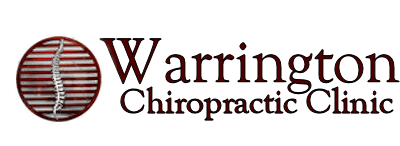Headaches or Migraines?

A headache is a very common condition that causes pain and discomfort in the head, scalp, or neck. It’s estimated that 7 in 10 people have at least one headache each year. Headaches can sometimes be mild, but in many cases, they can be disabling, making it difficult to concentrate at work and perform other daily activities. In fact, approximately 45 million Americans frequently have severe headaches that can be disabling.
Headaches in Pensacola
Headaches are often “triggered.” by foods, environmental stimuli (noises, lights, stress, etc.) and/or behaviors (insomnia, excessive exercise, blood sugar changes, etc.). About 5 percent of all headaches are warning signals caused by physical problems. The remaining 95 percent of headaches are primary headaches, such as tension, migraine, or cluster headaches. These types of headaches are not caused by disease; the headache itself is the primary concern.
The greatest majority of primary headaches are associated with muscle tension in the neck. Today, Americans engage in more sedentary activities than in the past, and more hours are spent in one fixed position or posture (such as sitting in front of a computer). This can increase joint irritation and muscle tension in the neck, upper back and scalp, causing your head to ache.
What Can You Do?
The American Chiropractic Association (ACA) offers the following suggestions to prevent headaches:
If you spend a large amount of time in one fixed position, such as in front of a computer, on a sewing machine, typing or reading, take a break and stretch every 30 minutes to one hour. The stretches should take your head and neck through a comfortable range of motion.
Low-impact exercise may help relieve the pain associated with primary headaches. However, if you are prone to dull, throbbing headaches, avoid heavy exercise. Engage in such activities as walking and low-impact aerobics.
Avoid teeth clenching. The upper teeth should never touch the lowers, except when swallowing. This results in stress at the temporomandibular joints (TMJ) – the two joints that connect your jaw to your skull – leading to TMJ irritation and a form of tension headaches.
Drink at least eight 8-ounce glasses of water a day to help avoid dehydration, which can lead to headaches.
Can a Doctor of Chiropractic Treat a Headache?
It has been shown that chiropractic care is effective at helping people with both headaches and migraines. The kind of treatment for headaches you need will depend on what is causing the problem. Our chiropractic team will work diligently to find the source of your headaches. Each year millions of dollars are spent treating headaches with aspirin and other drugs. While this may help in some cases, it is often not treating the cause of the problem. We are able to work at the source of the problem, which can help you prevent the need for headache medications.
Don’t suffer with headaches and migraines in Pensacola. At Warrington Chiropractic our team will help you understand the cause of your condition and the treatment necessary to fix it. Feel free to call and ask any questions that you may have.
